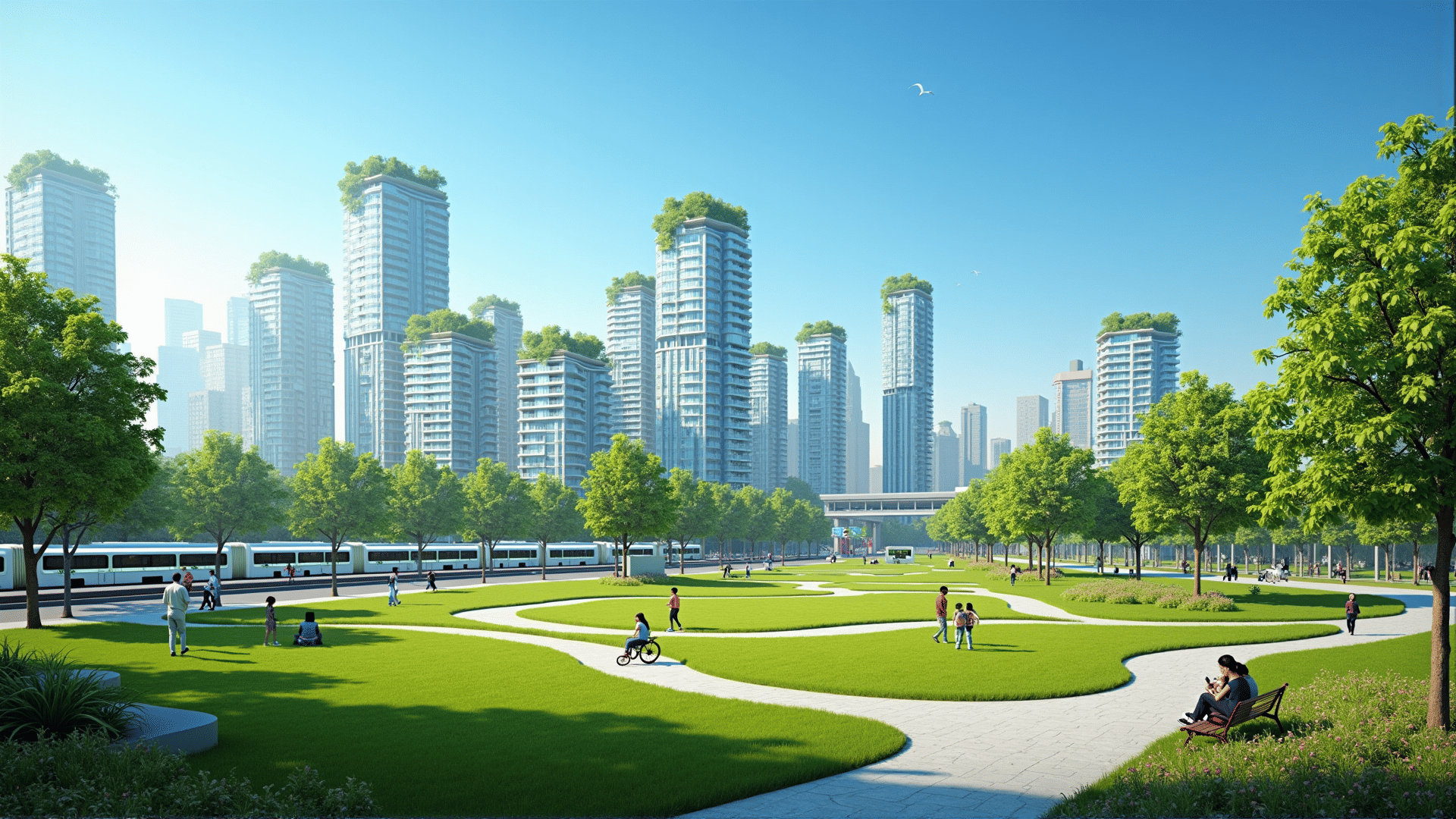Urban environments are complex systems that require innovative strategies for efficient and sustainable resource management. As cities continue to grow and evolve, it's essential to explore methods that optimize resources while ensuring that sustainable practices become an integral part of urban planning. This article delves into various strategies that cities can adopt to promote sustainability and ensure balanced distribution of resources among communities.
One of the leading methods to achieve sustainable resource management is through the implementation of green infrastructure. This includes creating green roofs, urban forests, and permeable pavements that help manage stormwater, reduce urban heat islands, and improve air quality. Green infrastructure is a multifunctional approach that not only boosts the quality of urban life but also conserves natural resources.
Urban planners are also increasingly looking at integrating circular economy principles into city design. By emphasizing reuse, recycling, and responsible consumption, cities can minimize waste and decrease their dependency on finite resources. Implementing robust recycling programs and encouraging circular supply chains are crucial steps in this direction. This approach promotes the idea that every resource should be cycled back into the system, thus reducing waste and preserving the environment.
Transportation systems play a crucial role in sustainable resource management. Expanding public transportation networks and encouraging the use of non-motorized transport options such as biking and walking can significantly reduce emissions and energy consumption. Building infrastructure that supports these modes of transportation, like bike lanes and pedestrian-friendly pathways, is essential for creating a more sustainable urban environment.
Another strategy is the adoption of smart city technologies, such as the Internet of Things (IoT) and data analytics, to optimize resource usage. Smart grids, for instance, can be used to manage energy distribution more efficiently, while intelligent water systems can monitor usage and detect leaks, reducing waste. These technologies enable cities to use resources more effectively and make informed decisions about future urban planning initiatives.
Public spaces and community engagement are critical elements in fostering sustainability. By designing cities with ample parks, recreational areas, and community gardens, urban planners can ensure that all residents have access to green spaces. Additionally, involving communities in the planning process fosters a sense of ownership and ensures that diverse voices are considered in sustainability initiatives. By educating residents about sustainable practices and encouraging community participation, cities can build a culture of sustainability that resonates at the grassroots level.
Finally, policy frameworks play a significant role in sustainable resource management. Implementing regulations that promote sustainable construction practices, enforce energy efficiency standards, and incentivize the use of renewable energy sources is crucial. These policies provide a guiding framework for both public and private entities to adhere to sustainability goals.
In conclusion, sustainable resource management in urban planning requires a multifaceted approach that combines green infrastructure, circular economy principles, smart technologies, active transportation projects, community involvement, and comprehensive policy measures. By integrating these strategies, cities can not only optimize their resource use but also create environments that are healthier, more livable, and resilient in the face of climate change and other global challenges.
